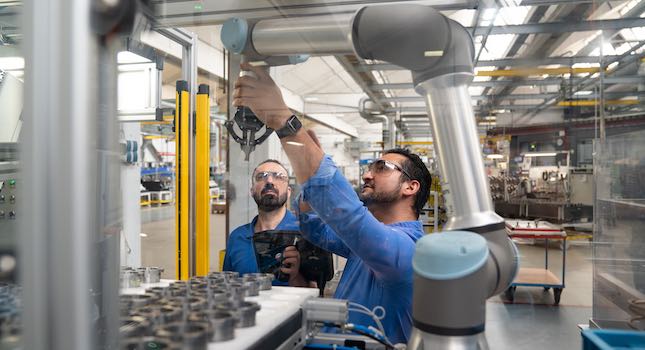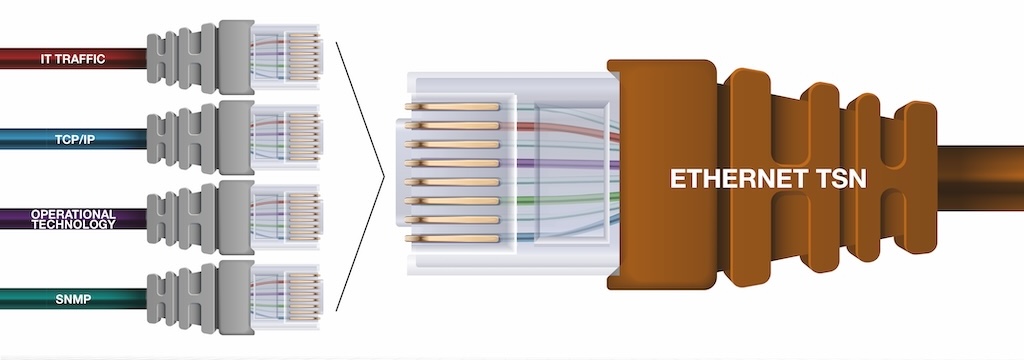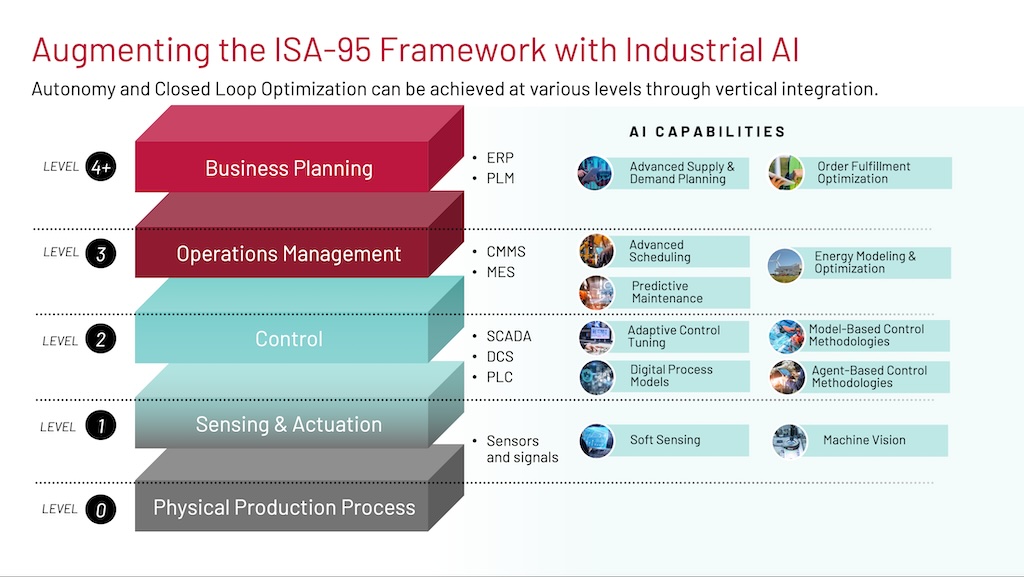Upgrading a plant at every level
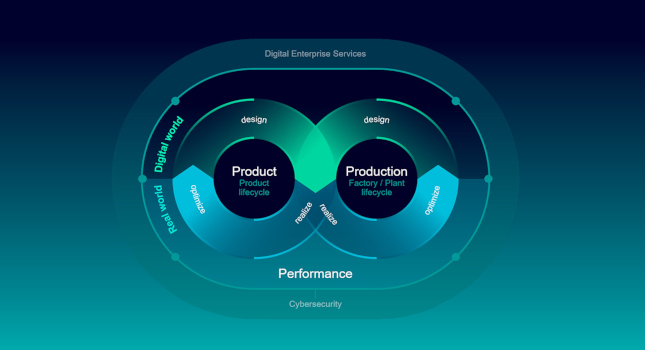
Big data, Industry 4.0, the Industrial Internet of Things (IIoT), edge technology and the cloud are terms people know. Whether someone is a machine tool builder, a job shop or contract manufacturer, they’re thinking about digitalization and the best way to get started (see Figure 1).
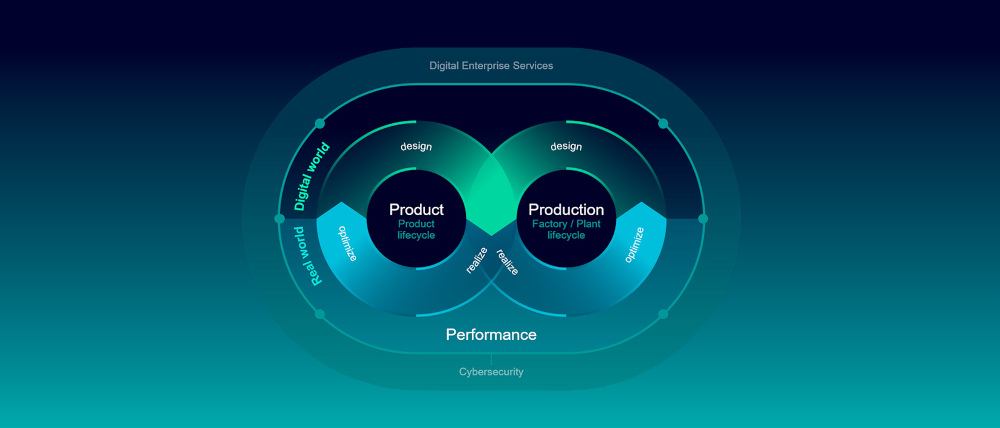
For the machine builder, it’s about managing big data from the machine, reducing time-to-market and using the newest technology to create smart machines. These are cognitive computing systems, meaning they can make decisions and solve problems without the help of a human.
This is where artificial intelligence (AI) enters the equation, as the machine learns from what it does. Machines must be ready to engage the Internet of Things (IoT) to be successful in the current market. Machine builders still sell on the features and benefits of their machines, but this isn’t the only way to distinguish themselves from the competition.
Digital twin
The digital twin concept in machine development allows simulation of a machine tool not only in its design, but also in its physical performance, before the machine is even started physically (see Figure 2).
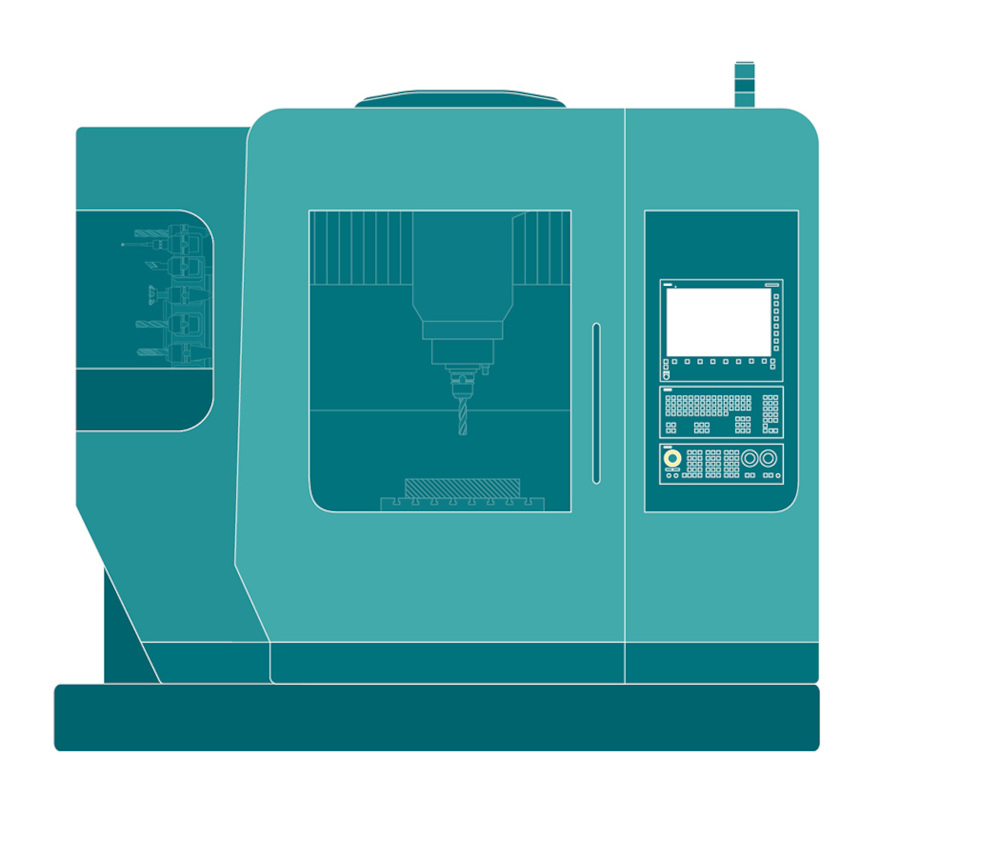
With the digital twin, every condition on the machine is simulated in real time with feedback to the design loop. That way, engineers don’t need to waste time on the shop floor or in a test center as they’ve done previously, with the “trial and error” method. The science has developed, so the build process must likewise.
Smart machines and digitalization
Computerized numeric control (CNC) machine users need their machines to be smart communicating with each other and the control center in their shop or in a large production facility. Think someone can’t implement digitalization because they’re a small machine shop? Think again. Key performance indicators (KPIs) can be established and achieved sooner in terms of production, machine run time, maintenance and even energy use.
For CNC users, the digital twin enables a machine shop to be IoT-ready. The higher-end software permits real-time adjustment in-process, everything from cycle time to tool tip position or tool magazine loading for the next jobs, to facilitate faster startup and precision workflow.
This can be achieved with a competent digital team that is in tune with the current technology and how to implement it in a particular environment. If needed, take time to find a system integrator in the area that can provide relevant technical and industry knowledge. This is vital to success. For example, the digital-native CNC, SINUMERIK ONE will open the next chapter in the machine tool world’s journey toward digitalization (see Figure 3). It features power and software options to allow expansion as the job volume increases or the complexity of the work increases period.
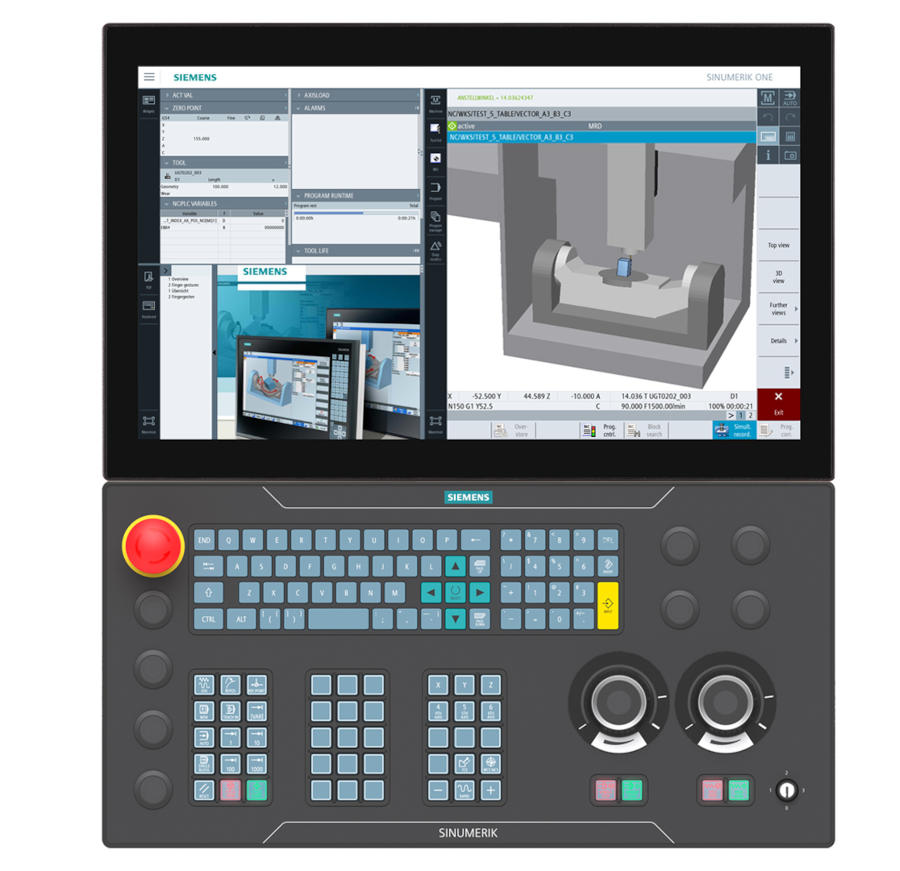
Virtually, it offers the machine builder and end user total flexibility to move from the CAD to the CAM to the CNC machining steps, then onto the virtual shopfloor and into a virtual production before the first cut is made on the machine.
Cybersecurity
As ransomware attacks have become common in the industrial environment, the issue of cybersecurity has taken on new importance. Preventing an attack means taking into consideration several issues.
One is the integrity of the network. The other is the effect of the wireless network in the plant and externally. The third, and most important, is how effective the defense is. For example, in a football game, one wrong move from a player can adversely impact the game plan.
There must be several layers of specific security so that setup, operation and programming, maintenance and plant operations/control personnel have different defined levels of access to machines and data. This is often a time consuming, but very worthwhile endeavor.
Looking toward the future, digitalization is at essentially every level of a factory. This includes robotic handling and the transfer of materials to the next machine. The “factory of the future” won’t be without people, however. Rather, personnel will take on higher level tasks that don’t involve machining. Cobots and CNC will work with a human or directly with the machine intelligently.
Digitalization is here to stay, so get started today.
